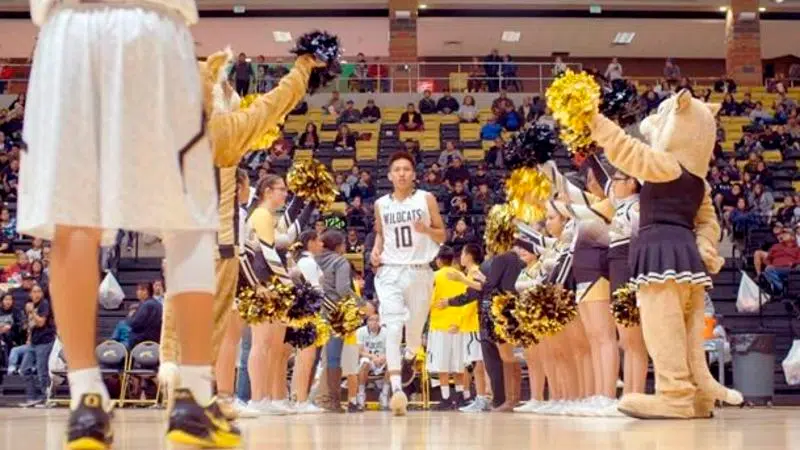
‘Basketball or Nothing’ covers hoop dreams on Navajo Nation
ALBUQUERQUE, N.M. — High school basketball fans in Arizona and New Mexico likely know all about “rez ball” — a run-and-gun, pass-cut-and-shoot style of play popular in Native American communities. The style excites fans and allows teams without big centres to wear down opponents by running them off the court with speed and strong shooting.
The best practitioners of rez ball help build community in some of the most isolated towns in the American Southwest. Fans travel for hours to see the games, while others listen to radio broadcasts spoken in Native American languages.
A new Netflix docuseries “Basketball or Nothing” examines the hoop dreams of one such team from a rural, Arizona town in the heart of the Navajo Nation.
The series, set to debut Friday on the streaming service, follows the Chinle High School boys’ basketball team as its seeks to capture the community’s first state title. But to get there, the players must battle normal teen pressures and the realities that surround them in the nation’s largest Native American reservation.


